Author:Baby & Adult Diaper Materials FROM:Diaper Materials Manufacturer TIME:2023-07-24
Understanding the Role of Raw Materials in the Diaper Market
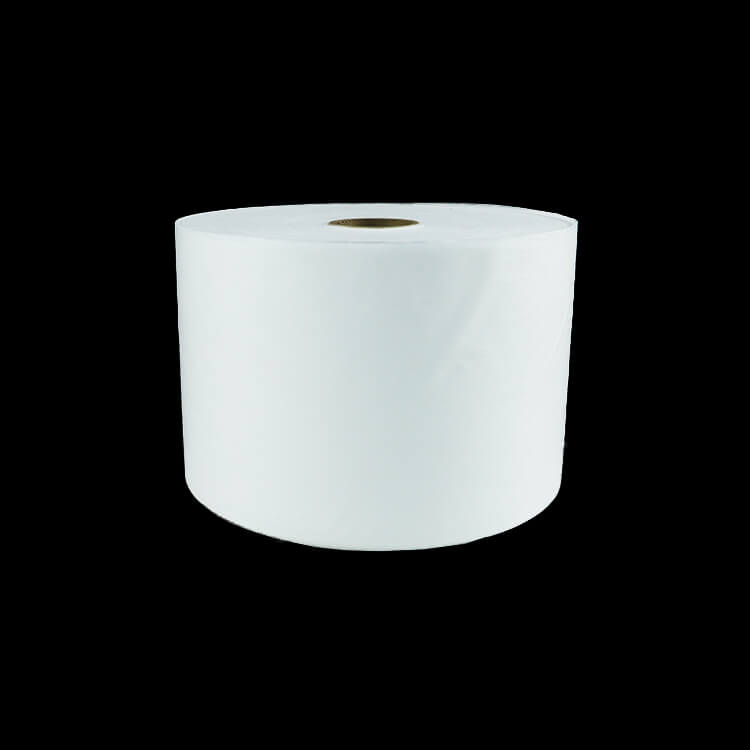
The diaper market is a booming industry, driven by an increasing global population and shifting consumer preferences. With the rise in disposable income and awareness about hygiene, the demand for diapers has witnessed significant growth in recent years. However, behind the success of this market lies the crucial role played by raw materials. This article aims to explore the various raw materials used in diapers and their impact on the market.
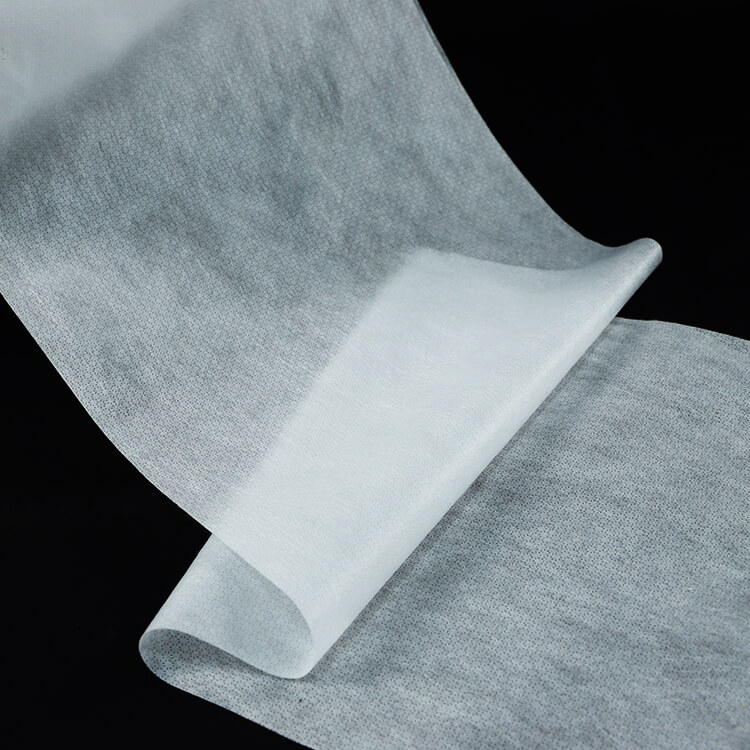
One of the key components of a diaper is its absorbent core. This layer is responsible for retaining moisture and keeping the baby's skin dry. The most commonly used material in the absorbent core is superabsorbent polymer (SAP). SAP is a highly absorbent material that can retain several times its weight in liquid. It helps in preventing leakage and provides long-lasting dryness. Other materials like pulp and fluff are also used as a part of the absorbent core to enhance its performance.
In recent years, there has been a growing focus on sustainable and eco-friendly diapers. As a result, manufacturers have started using biodegradable materials such as bamboo fiber, cornstarch, and plant-based polymers in the absorbent core. These materials not only offer excellent absorption capabilities but also reduce the carbon footprint associated with diaper production.
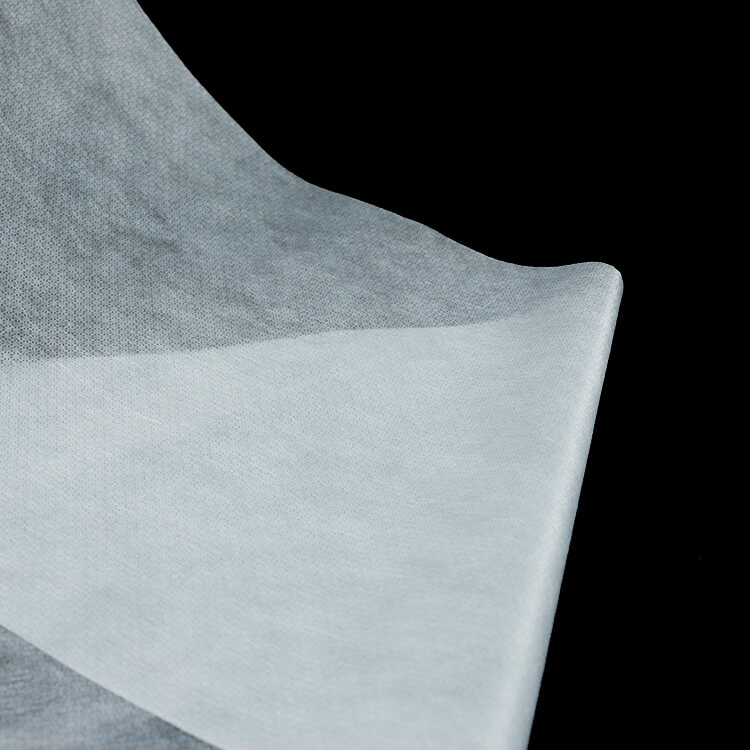
The outer layer of a diaper serves as a barrier against leakage and keeps the baby's skin protected. Traditionally, polyethylene film has been used as the outer layer due to its waterproof properties. However, there has been a shift towards more breathable alternatives in recent years. Nonwoven fabrics made from materials like polypropylene and polyester are gaining popularity due to their softness, breathability, and ability to wick away moisture.
Moreover, manufacturers are also incorporating natural fibers like cotton and bamboo in the outer layer to enhance comfort and reduce the use of synthetic materials. These natural fibers are known for their softness, hypoallergenic properties, and biodegradability, making them a preferred choice among eco-conscious consumers.
The fastening system of a diaper plays a crucial role in ensuring a secure fit and ease of use. Typically, diapers use hook and loop fasteners or adhesive tabs for closure. Hook and loop fasteners provide adjustability and reusability, while adhesive tabs offer convenience and a snug fit. These fastening systems require adhesive materials that have good bonding strength and are safe for baby's skin.
Adhesive materials used in diapers are generally hot melt adhesives or pressure-sensitive adhesives. Hot melt adhesives offer excellent bonding and elasticity, making them suitable for securing various components of a diaper. Pressure-sensitive adhesives, on the other hand, provide instant adhesion and allow for multiple repositioning without losing their stickiness. Manufacturers are constantly innovating to develop adhesive materials that are not only efficient but also eco-friendly.
Raw materials play a vital role in the performance, comfort, and sustainability of diapers. The choice of materials impacts the overall quality of the product, its environmental impact, and consumer satisfaction. With the growing demand for sustainable and eco-friendly products, diaper manufacturers are increasingly focusing on using biodegradable and natural materials. This not only aligns with consumer preferences but also contributes towards a greener future. Understanding the role of raw materials in the diaper market is crucial for both manufacturers and consumers, as it enables them to make informed choices and contribute towards a more sustainable world.
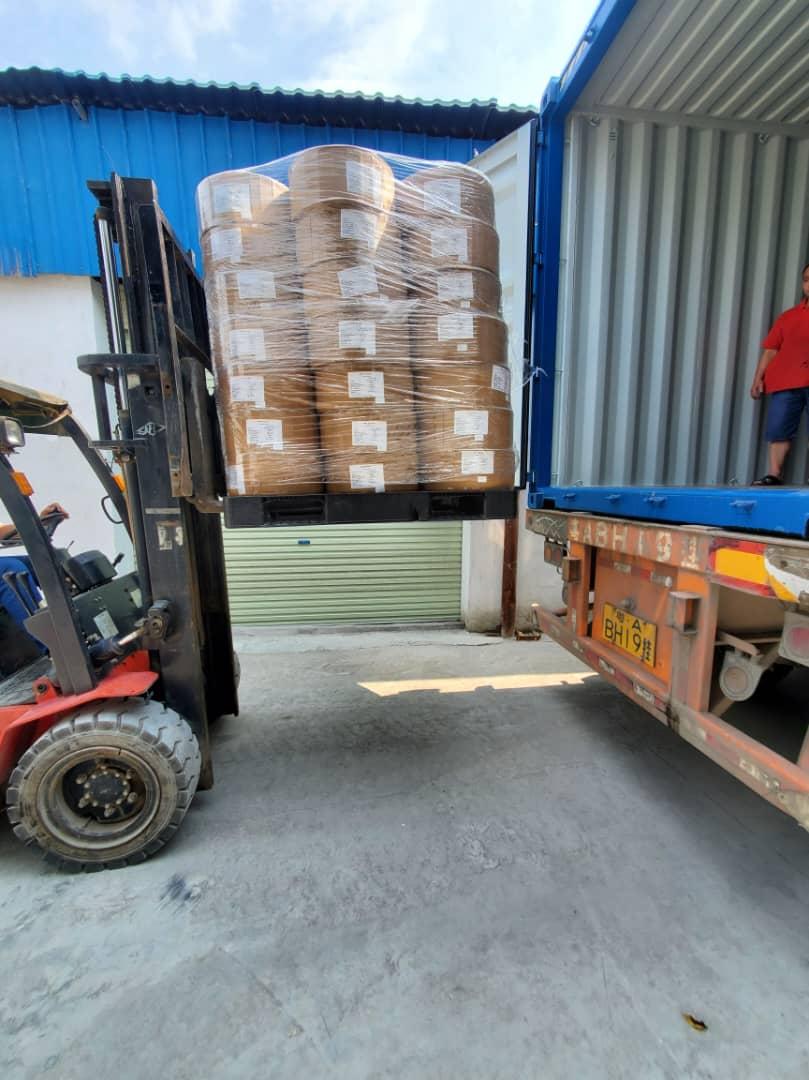
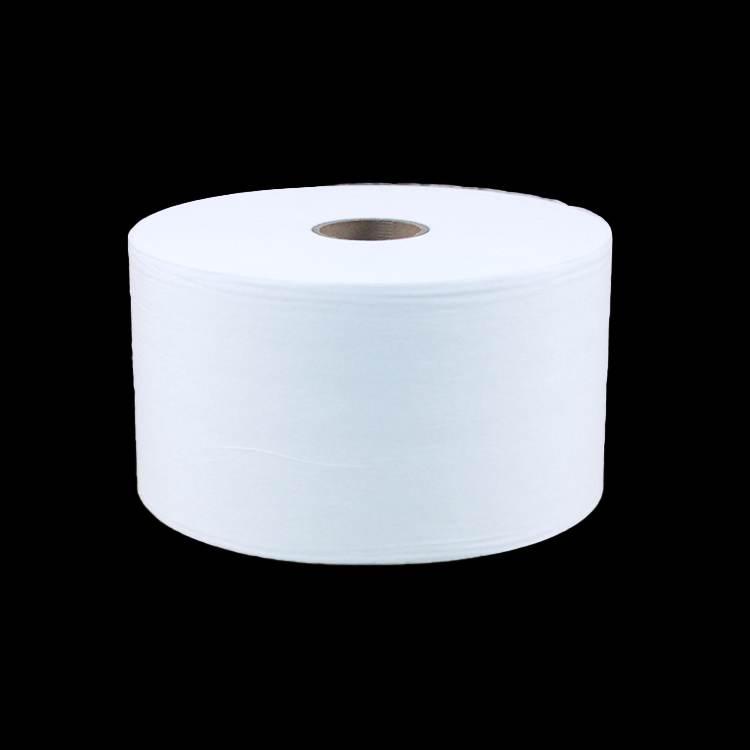
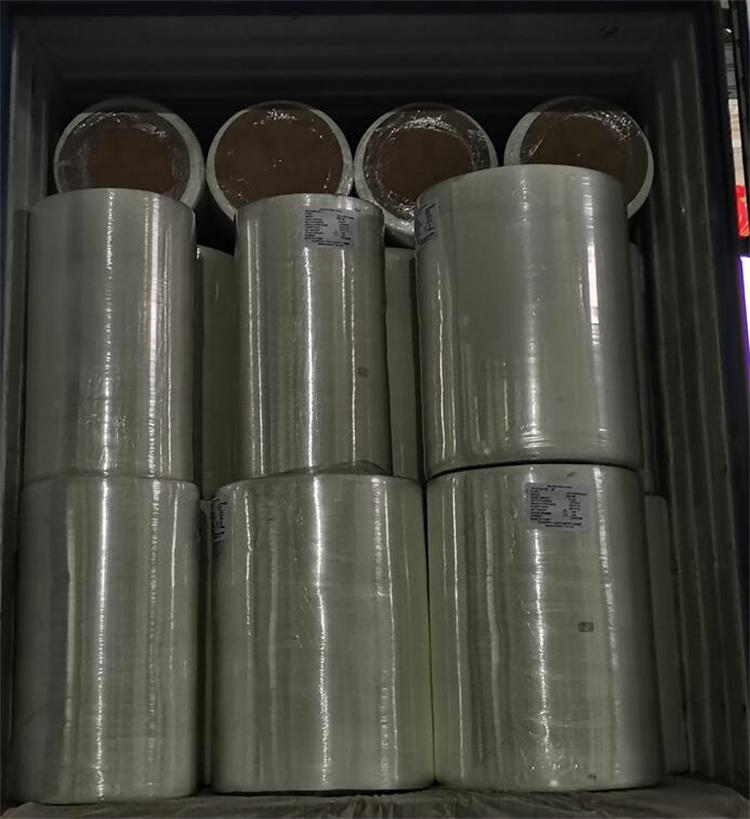
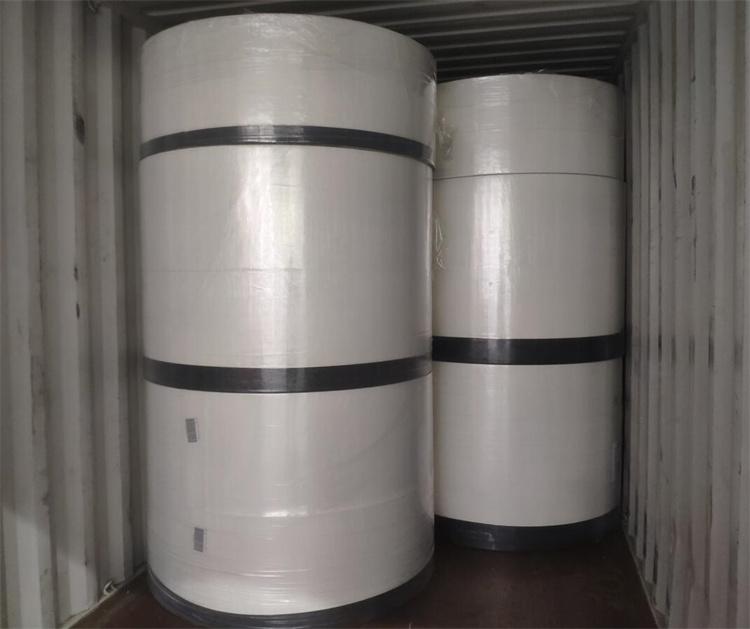

 Email: info@whldiapernonwoven.com
Email: info@whldiapernonwoven.com
 MP/WhatsApp: +86-13599937366
MP/WhatsApp: +86-13599937366
 Manufacturer Address:Room 1105B, Bld M1, Manhattan, Yulongwan, Shimao, Shuanglong Road, Meiling Street, Jinjiang, Fujian, China
Manufacturer Address:Room 1105B, Bld M1, Manhattan, Yulongwan, Shimao, Shuanglong Road, Meiling Street, Jinjiang, Fujian, China